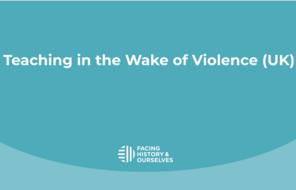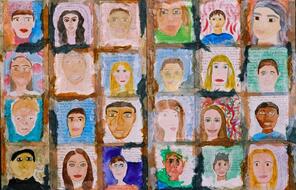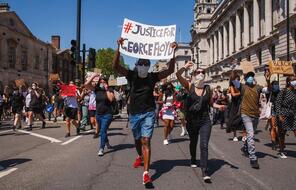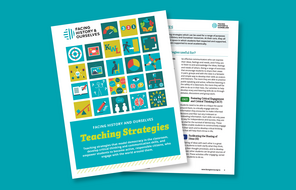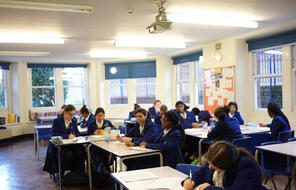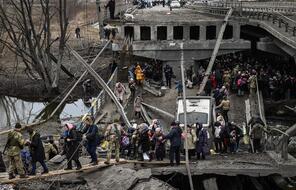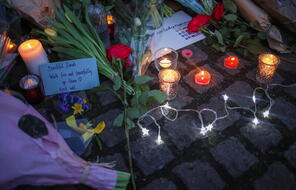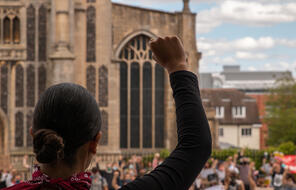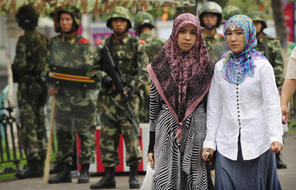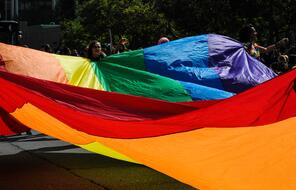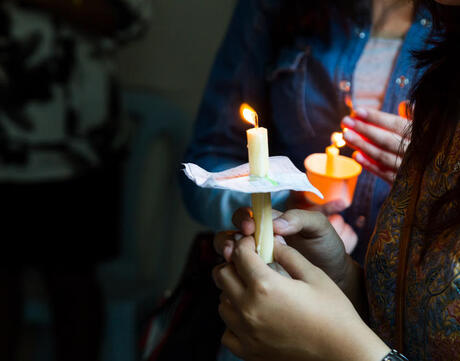
Teaching in the Wake of Violence (UK)
Overview
About This Lesson
Violent attacks that target people because of their identities happen around the world with disturbing frequency. What can educators do to help students reflect on and understand these attacks?
This lesson is a guide for teachers to navigate conversations with their students after news of a terrorist attack, stabbing or other violent event. Such conversations are difficult. Yet when we don’t address the violence in the classroom, we risk normalising it. We recommend coordinating with colleagues and ensuring that students have space to emotionally process the events. Afterwards, you may want to help students explore the nature and impact of hate crimes, and consider ways that communities respond to hate and violence. Finally, we offer recommendations to help students engage with ongoing news coverage in a responsible way.
Lesson Plans
Activities
Materials and Downloads
Unlimited Access to Learning. More Added Every Month.
Facing History & Ourselves is designed for educators who want to help students explore identity, think critically, grow emotionally, act ethically, and participate in civic life. It’s hard work, so we’ve developed some go-to professional learning opportunities to help you along the way.
Exploring ELA Text Selection with Julia Torres
On-Demand

Working for Justice, Equity and Civic Agency in Our Schools: A Conversation with Clint Smith
On-Demand

Centering Student Voices to Build Community and Agency
On-Demand




